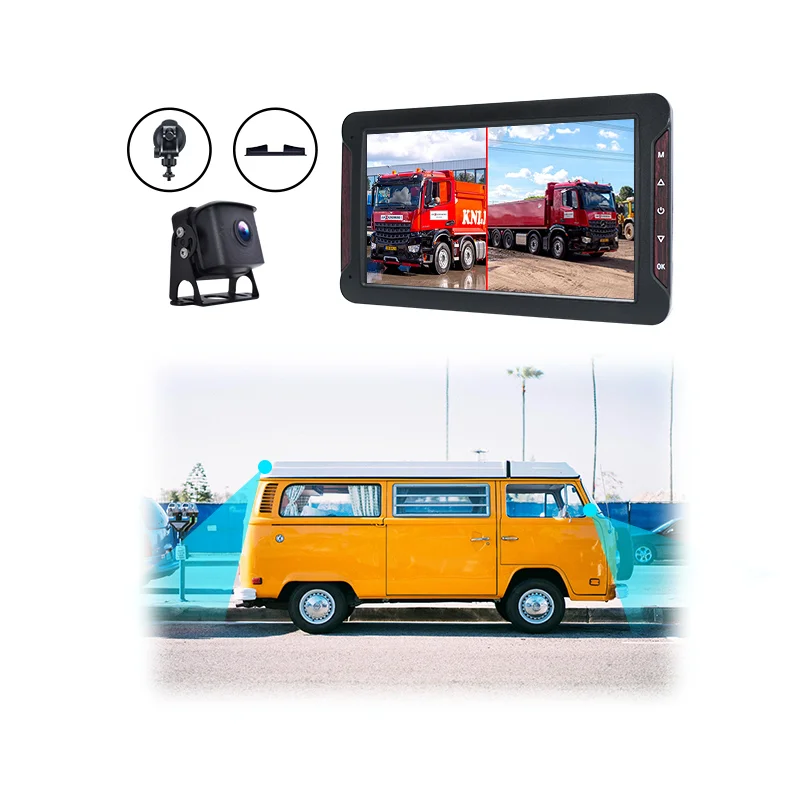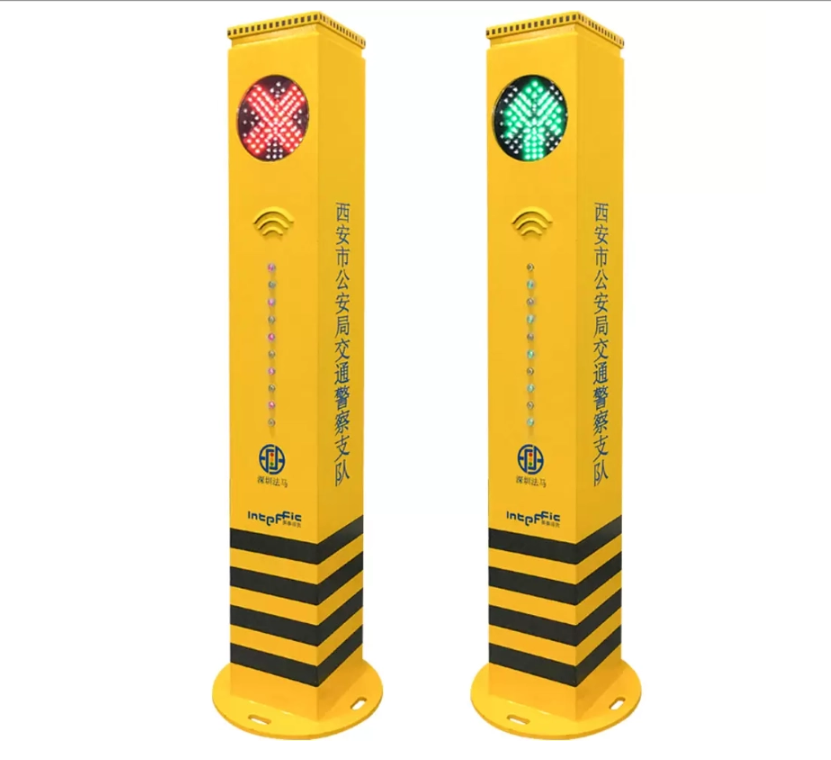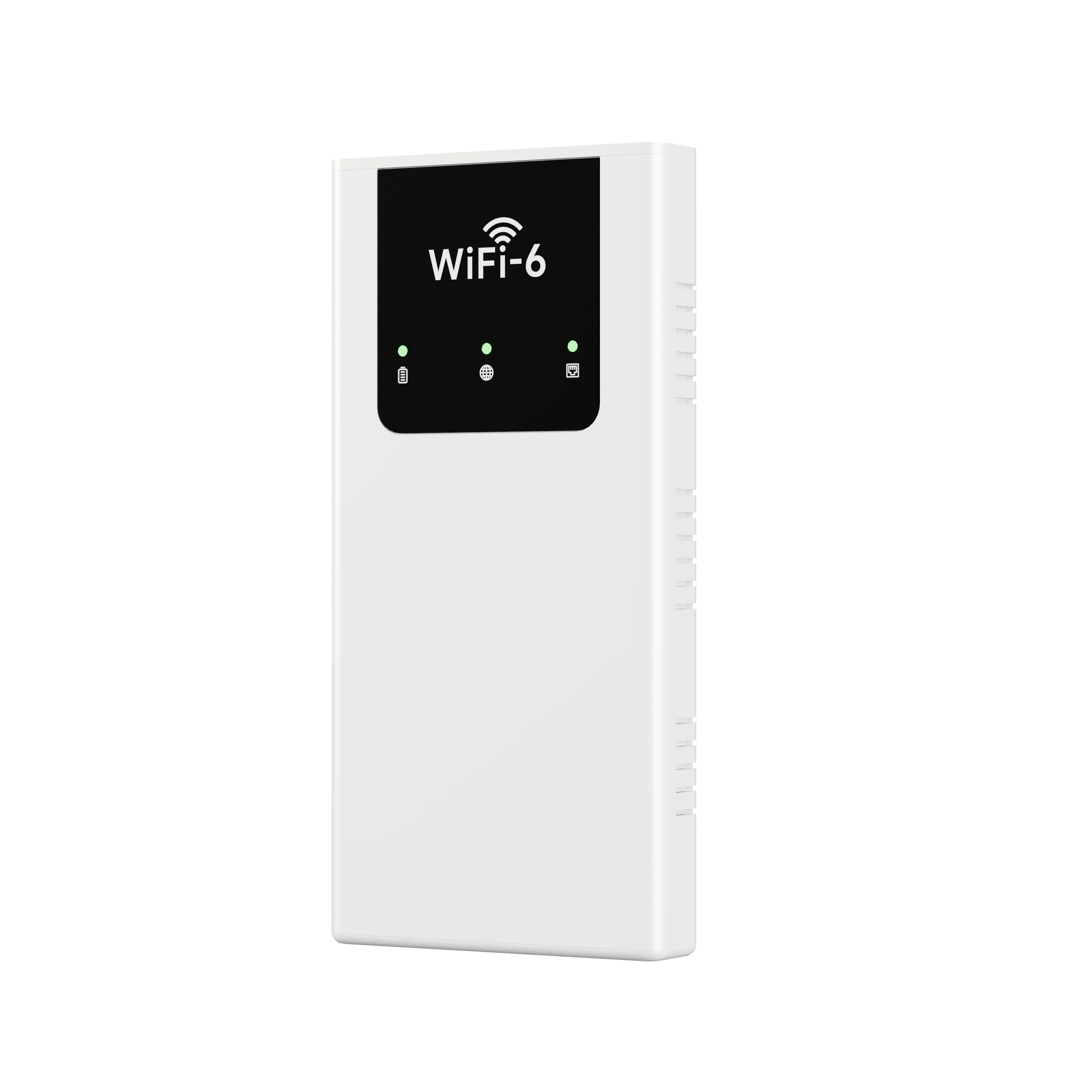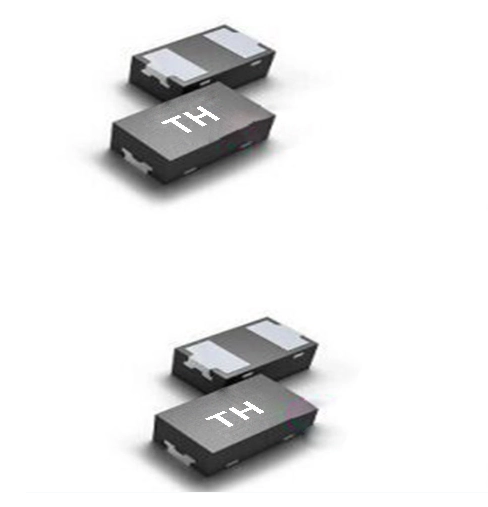In an increasingly interconnected world, the demand for rapid transportation has surged, leading to the development of various modes of travel that prioritize speed. However, with speed often comes a hefty price tag. This article delves into the quickest modes of transport available today, examining their costs, benefits, and the unique experiences they offer.
The Need for Speed: Understanding Rapid Transportation
The quest for speed in transportation is not merely a matter of convenience; it reflects the fast-paced nature of modern life. Whether for business, leisure, or emergency situations, the ability to traverse vast distances in minimal time is invaluable. However, the fastest options often come with significant financial implications.
Air Travel: The Pinnacle of Speed
When discussing the quickest mode of transport, air travel undoubtedly takes the lead. Commercial jets can reach cruising speeds of around 500 to 600 miles per hour (800 to 965 kilometers per hour). However, for those seeking the absolute fastest experience, private jets and supersonic aircraft, such as the Concorde (which could fly at speeds exceeding 1,350 miles per hour or 2,180 kilometers per hour), represent the zenith of speed.
Costs of Air Travel
While commercial flights can be relatively affordable, private jets and supersonic travel come with exorbitant costs. A private jet charter can range from $1,200 to $8,000 per hour, depending on the aircraft type and distance traveled. The Concorde, though retired, had ticket prices that could soar to $12,000 for a one-way trip from New York to London. The high costs are attributed to factors such as fuel consumption, maintenance, and the exclusivity of the service.
High-Speed Rail: A Fast and Luxurious Alternative
In regions where air travel may not be the most efficient option, high-speed trains have emerged as a formidable competitor. Countries like Japan, France, and China have invested heavily in high-speed rail networks, allowing trains to travel at speeds of up to 200 miles per hour (320 kilometers per hour) or more.
The Price of Luxury on Rails
While high-speed trains offer a more affordable alternative to air travel, premium services can still be quite costly. For instance, the Shinkansen in Japan offers luxury seating options that can cost upwards of $300 for a single journey. Similarly, the Eurostar, which connects London to Paris, has first-class tickets that can reach $400 or more, especially during peak travel times. However, these prices often include amenities such as gourmet meals, spacious seating, and priority boarding, making the experience both fast and luxurious.
The Rise of Hyperloop: The Future of Fast Transport
Emerging technologies are also paving the way for new modes of transport. The Hyperloop concept, which envisions passenger pods traveling through low-pressure tubes at speeds exceeding 700 miles per hour (1,126 kilometers per hour), promises to revolutionize travel. While still in the developmental phase, the potential costs associated with Hyperloop travel remain speculative but are expected to be high due to the advanced technology and infrastructure required.
Conclusion: Balancing Speed and Cost
In summary, the quest for the quickest mode of transport invariably leads to options that are also among the most expensive. Whether through the skies in a private jet, aboard a luxurious high-speed train, or potentially in the future with Hyperloop technology, travelers must weigh the benefits of speed against the financial costs. As technology continues to evolve, the landscape of rapid transport will undoubtedly change, but the relationship between speed and expense will likely remain a constant consideration for those seeking to traverse the globe in record time.





